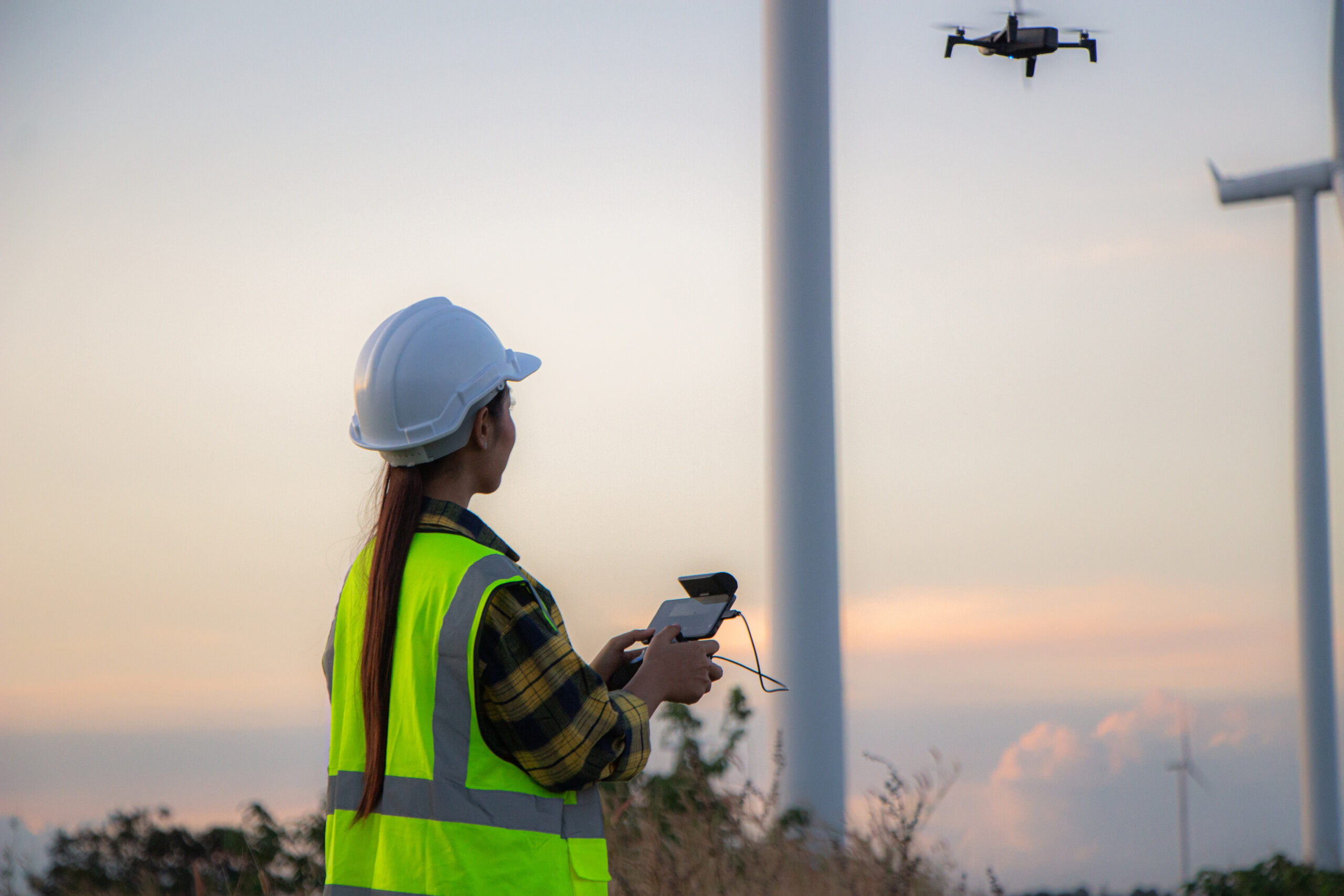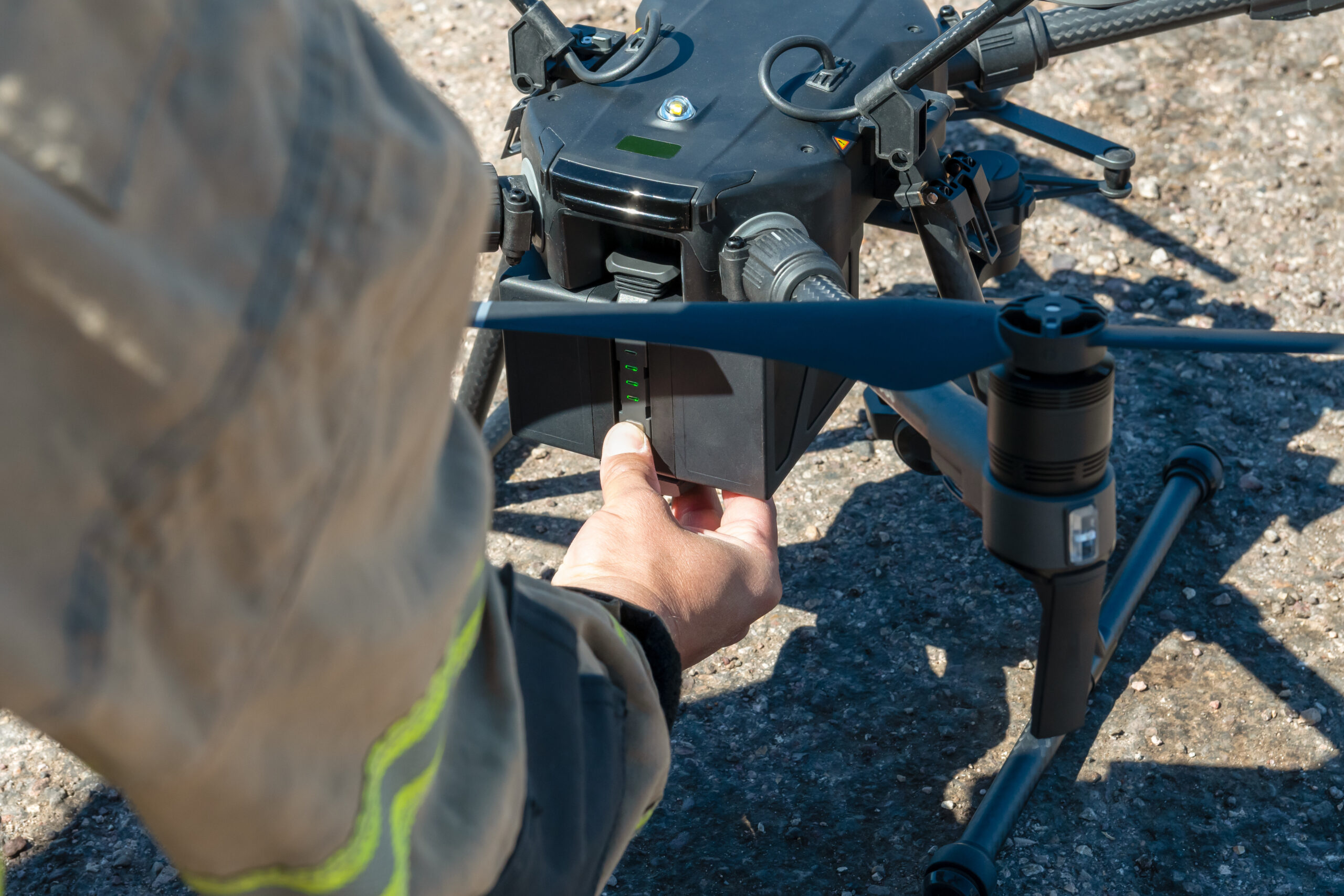Pacific Aviation Northwest is excited to offer its first Drone Training classes this summer! Our two-week course will be held at the Grants Pass Airport, weekday evenings from August 12th through August 20th, 2024. This training aims to prepare a new generation of UAV pilots for their FAA Part 107 Remote Pilot certification and help them join the growing workforce of unmanned aerial vehicle pilots.
High school students and adults are encouraged to sign up here.

Beyond Aerial Photography: The Diverse Roles of Drone Pilots
While many people associate drone pilots with aerial photography seen in commercials, TV shows, and films, the use of UAVs extends far beyond filmmaking. Licensed drone pilots are in demand across numerous industries, and this demand is rapidly increasing.
Wildland Firefighting
Drones equipped with specialized thermal sensors are revolutionizing firefighting by detecting and capturing infrared radiation to identify hotspots, track fire spread, and assess flame intensity. These drones operate in hazardous environments, gathering real-time data and monitoring fires from a safe distance, ensuring the safety of both personnel and the public. Additionally, drones can rapidly survey large areas affected by fire, offering a faster, safer, and more efficient alternative to traditional ground crew inspections.
Agriculture
In agriculture, drones are used to create maps that identify thriving vegetation types and predict optimal land use for farming. They are also employed to apply fertilizers or pesticides to crops.
Construction
Construction companies hire drone pilots to conduct surveys throughout their projects. Drones help in site selection, material documentation, hazard identification, job site mapping, and creating 3D models for zoning review.

Search and Rescue
Drones are used by rescue operations to search large areas, utilizing both standard cameras and infrared imaging. Rescue teams rely on drone pilots to pinpoint heat signatures in vast wilderness settings and locate missing people before it is too late.
Mining
Mining companies utilize drones for creating 3D maps, geologic surveys, and monitoring the progress of operations.
Real Estate and Insurance
Real estate companies use drones for aerial photography to showcase properties from unique perspectives. Insurance companies use drones to capture images for calculating premiums and assessing property risks.
Other Industries
Industries like transportation, energy, and telecommunications rely on drone pilots for inspection, monitoring, and information gathering. Drones are also used in firefighting, disaster assessment, and public safety operations.

The Future of Drone Integration in Airspace
With retailers like Amazon expanding drone use for deliveries, our airspace will soon be bustling with UAVs performing various tasks. To ensure safety, NASA and the FAA are developing new airspace management systems.
Unmanned Aircraft System Traffic Management (UTM)
NASA has introduced UTM to manage the growing number of drones in low-altitude airspace. Unlike the current system managing 50,000 commercial aircraft, UTM will handle millions of UAVs. This requires an automated traffic management system provided by third-party vendors.
Integrating UAVs into National Airspace
NASA and the FAA have developed tiered technical capability levels to manage UAV applications, prioritize usage, and coordinate UTM with human airspace management. Testing in urban environments like Corpus Christi, TX, and Reno, NV, has helped refine these systems.
Digital Solutions for Air Traffic Management
New digital air traffic management solutions promise safety and efficiency, maximizing the utility of aircraft technologies. Industry and academia teams have upgraded UAV electronics and ground pilot systems through real-world testing, prioritizing public safety.
Ongoing Research and Development
NASA and the FAA continue to test UAVs through the Systems Integration and Operationalization Demonstration program. Working with industry partners, they aim to set standards for future airborne vehicles, ensuring a robust, safe, and functional airspace for generations to come.
Drone pilots will play an important role in the shared airspaces of our future, and Pacific Aviation Northwest is leading the effort in Southern Oregon to train tomorrow’s operators. Read more about the responsible operation of unmanned aircraft systems (UAS) as outlined by the State of Oregon here.
